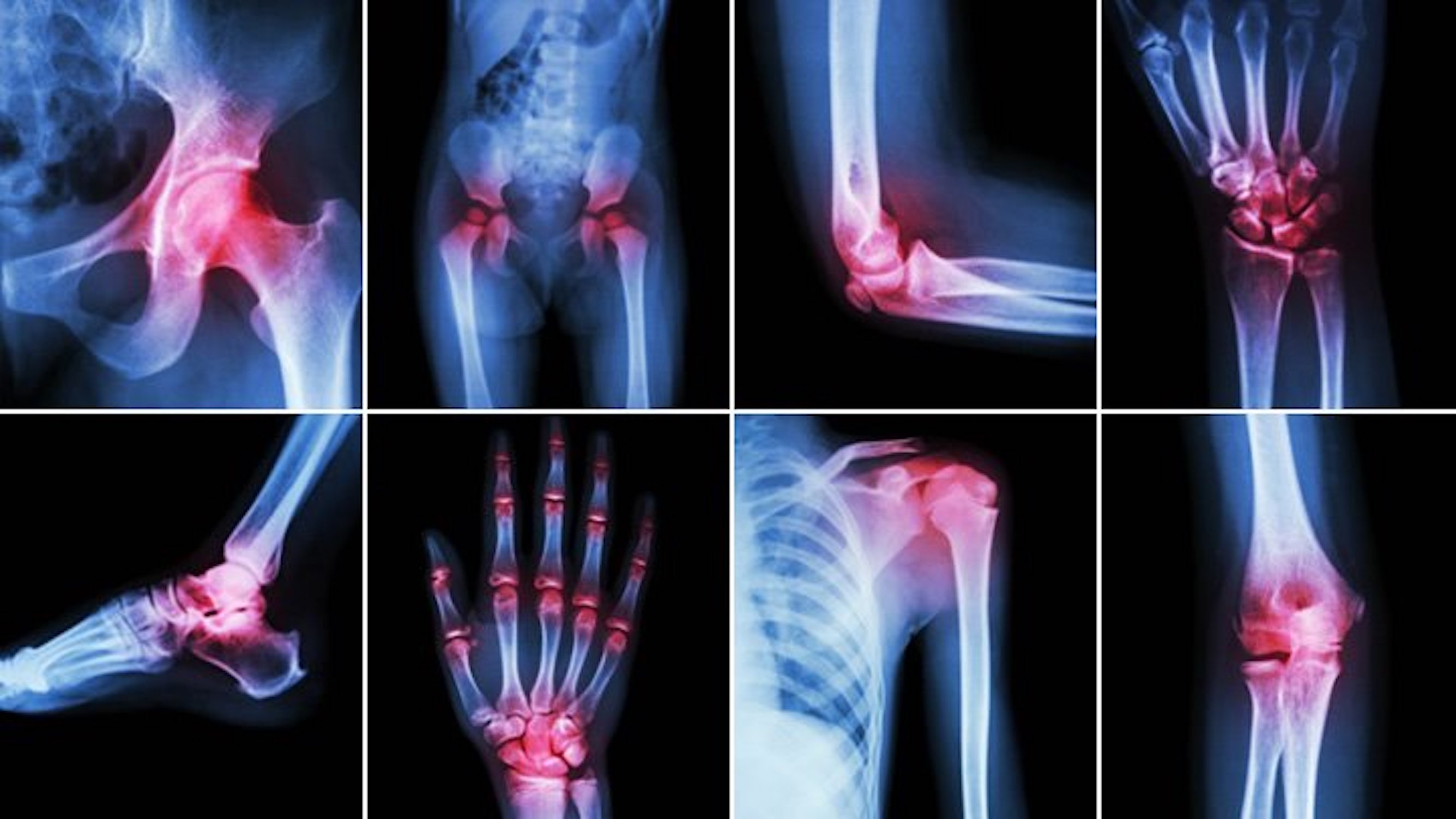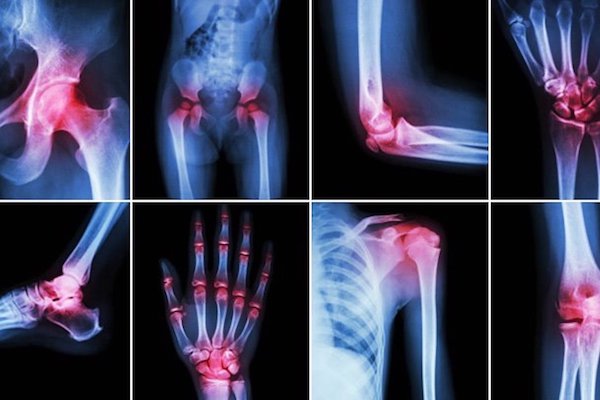Researchers evaluating the Inflammatory arthritis Facilitators and Barriers (IFAB) questionnaire reported a correlation between perceived barriers and facilitators to physical activity, assessed by the IFAB and the self-reported levels of physical activity of patients with inflammatory arthritis (IA). The article was published in BMC Musculoskeletal Disorders.
Lead study author, Thomas Davergne, suggested that “targeting IA patients with high barriers and low facilitators to physical activity could be an effective option to improve physical activity levels.”
Patients with spondyloarthritis (axSpA), rheumatoid arthritis (RA), or psoriatic arthritis (PsA) completed the IFAB, which covers 10 items and ranges from – 70 to 70 with lower scores indicating more barriers. Physical activity was measured by the International Physical Activity Questionnaire short form (IPAQ-S) questionnaire, steps per day were tracked by smartphone, and psychological readiness to change by stages of behavior change.
The study analyzed a total of 150 patients with IA: 69 (46%) axSpA, 63 (42%) RA, 18 (12%) PsA. A majority (67%) of participants reported low to moderate levels of physical activity, and only 27% reached the recommended amount of physical activity, defined as 7000 steps per day.
Participants reported moderate barriers to physical activity with a mean IFAB score of six (standard deviation [SD] = 19.2). Thirty-nine (26%) patients scored less than -5, indicating significant physical activity barriers. Participants’ mean physical activity per week was 2,837 (SD = 2,668, median 1,784) MET-minutes. Researchers observed that IPAQ-S questionnaire results were correlated with the IFAB (rho 0.28, p = 0.001), as well as the stage of behavior change (rho 0.35, p = 0.001) though not with steps per day. The most common barrier or facilitator was the presence or absence of symptoms. Multivariable analyses affirmed the initial results.
The authors noted that a wide variety of physical activities, such as swimming, arm movement, gardening, or cleaning, are generally not tracked well by the smartphone, meaning steps per day are a potentially skewed measure of physical activity.
With its correlation to reported physical activity, the IFAB questionnaire could be a practical tool for use in clinical care or research to signal perceived barriers and facilitators to physical activity, according to the authors. They further suggested that “targeting patients with high barriers and low facilitators to physical activity could be an effective option to improve physical activity levels.”
Source: BMC Musculoskeletal Disorders









